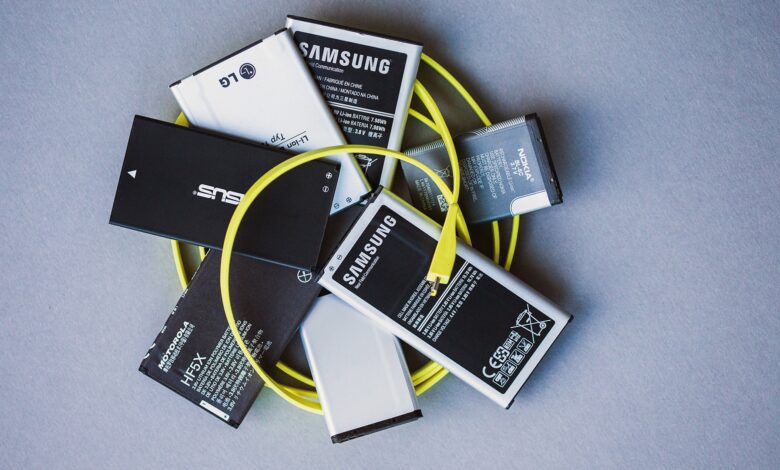Android 4.3 will give a better battery backup
Optimizing battery life: Tips and strategies for Android device users

Android device owners, including smartphone and tablet users, often express frustration about their devices’ battery drainage and limited backup hours, which can disrupt their work and personal activities.
This concern is particularly relevant for busy executives and marketing professionals who rely on their devices throughout the day. Thankfully, the release of Android 4.3 OS brings promising solutions.
One of the primary causes of rapid battery drain is the presence of numerous active apps, such as WhatsApp Messenger and WeChat, that consume substantial amounts of power. The notorious battery-draining culprit is the GPS chip.
While some users worldwide believe that the upcoming Android Key Pie Lime update will address this issue, the Android 4.3 OS is anticipated to offer significant improvements.
Additionally, the emergence of smartwatches as the latest addition to the laptop-smartphone-tablet ecosystem adds further complexity, with numerous models currently being tested.
A reliable source suggests that Android 4.3 might introduce a new feature allowing users to keep their Wi-Fi connection always active. This enhancement serves two key purposes. Firstly, it enables apps to swiftly locate and utilize the device’s location, enhancing their functionality. Secondly, it eliminates the need for the device’s GPS chip, reducing battery usage associated with location services.
Android users often face the common challenge of battery drain, which can be frustrating and disruptive to their daily activities.
Whether it’s for business or personal use, having a longer battery backup is essential. Fortunately, there are several tips and tricks that can help improve battery life on Android devices. Here are a few suggestions:
- Optimize app usage: Identify and close any unnecessary or power-hungry apps running in the background. Some apps, like messaging and social media apps, constantly sync and consume battery power. Consider disabling notifications for less important apps or using battery optimization settings to restrict background activities.
- Adjust screen brightness and timeout: The display is one of the biggest battery consumers. Lower the screen brightness or enable auto-brightness to reduce power consumption. Additionally, set a shorter screen timeout duration so that the display turns off quickly when not in use.
- Manage connectivity settings: Wi-Fi, Bluetooth, and GPS can drain battery power when enabled unnecessarily. Disable Wi-Fi and Bluetooth when not in use and consider using location services only when required. Using Wi-Fi instead of cellular data can also save battery life.
- Use power-saving modes: Many Android devices offer power-saving modes or battery optimization features. Activate these modes to limit background processes, reduce screen brightness, and optimize performance for longer battery life.
Remember that these tips may vary slightly depending on the Android version and device manufacturer. It’s always a good idea to explore the settings on your specific device for additional battery-saving options.
By incorporating these advancements, Android users can expect improved battery performance and enhanced user experience.
These developments signify a positive step towards addressing the battery drain concern and optimizing device efficiency. As technology continues to evolve, Android users can look forward to more innovative solutions that prioritize battery longevity while ensuring seamless functionality across multiple devices.








2 Comments